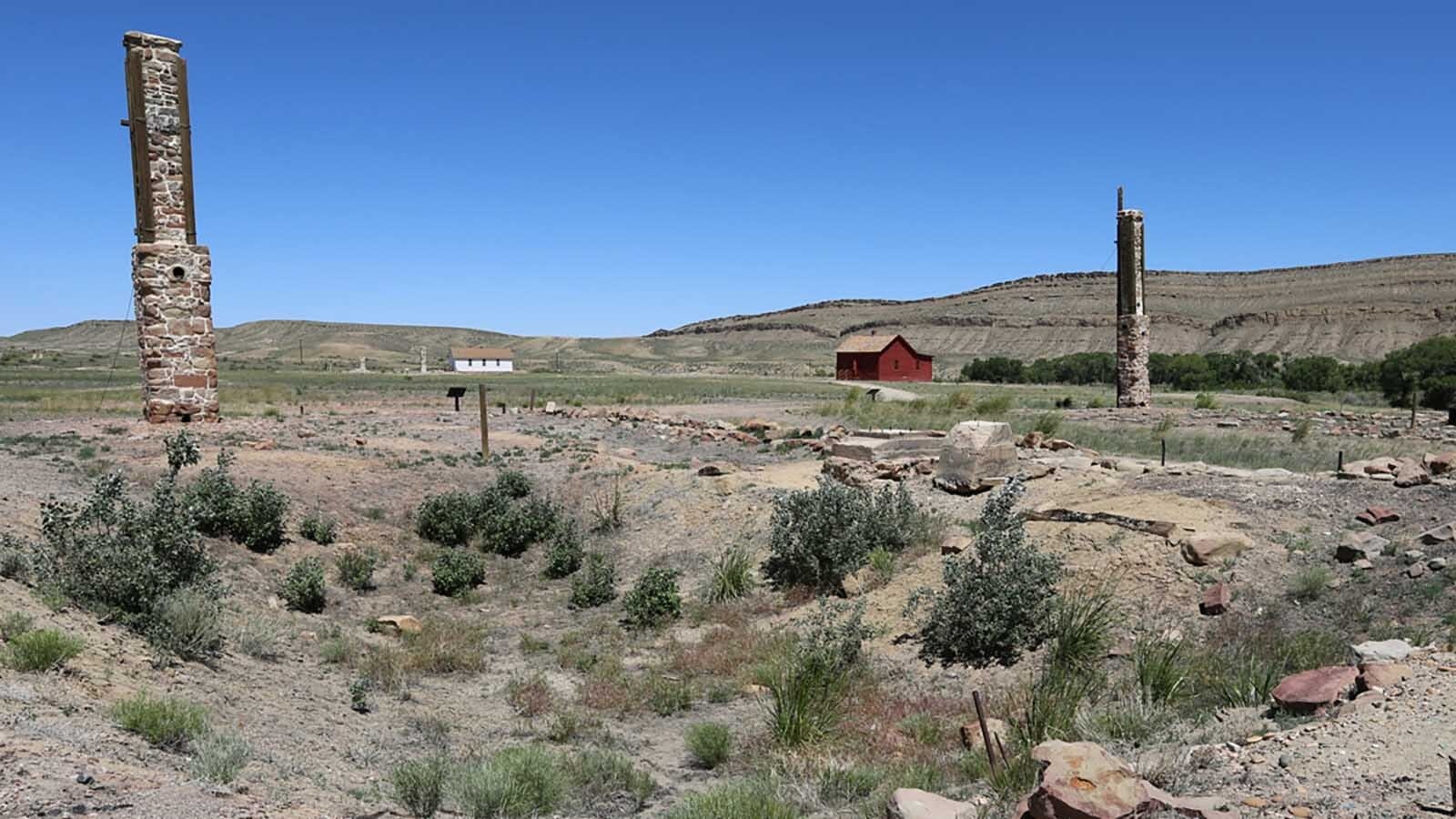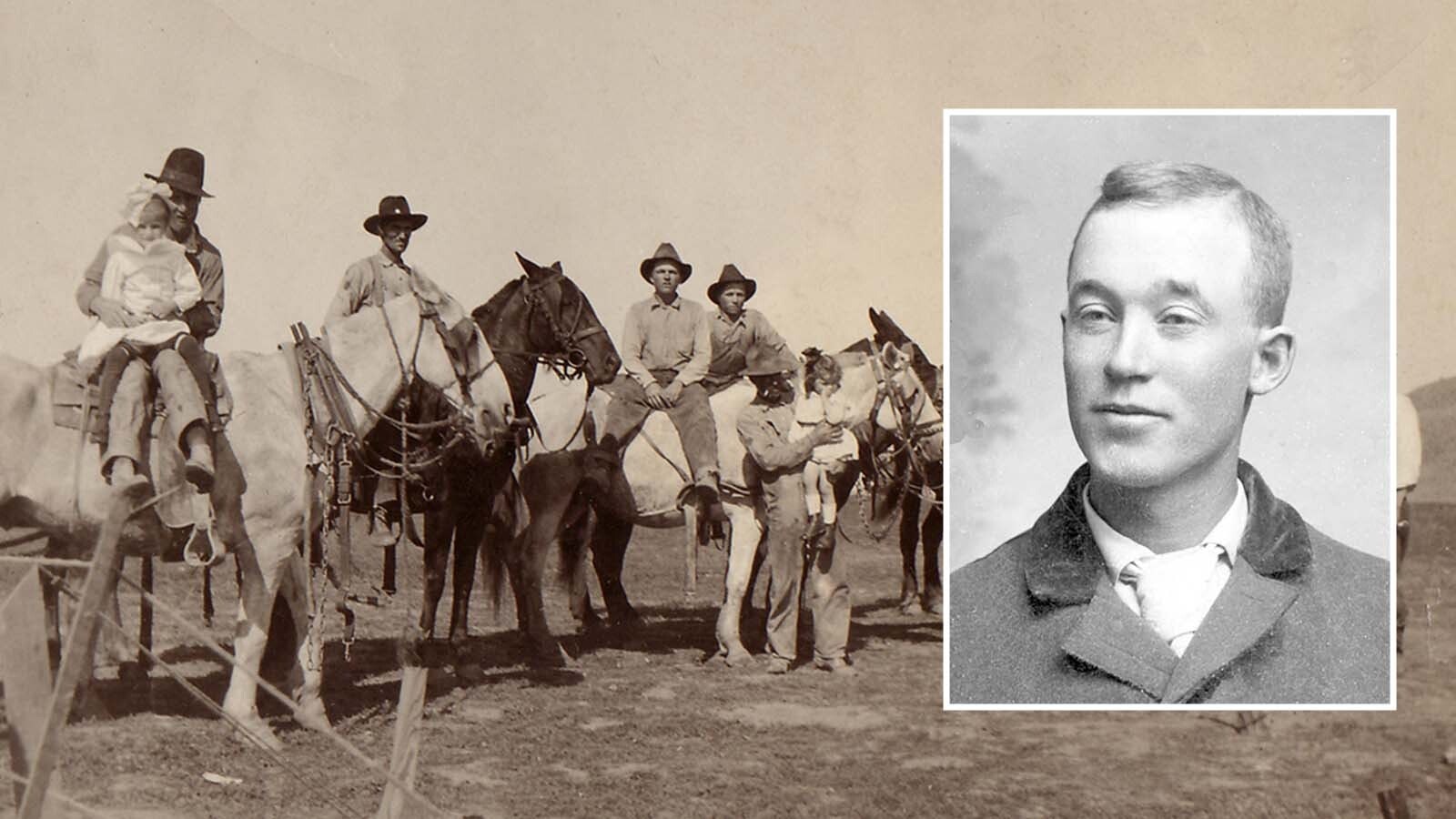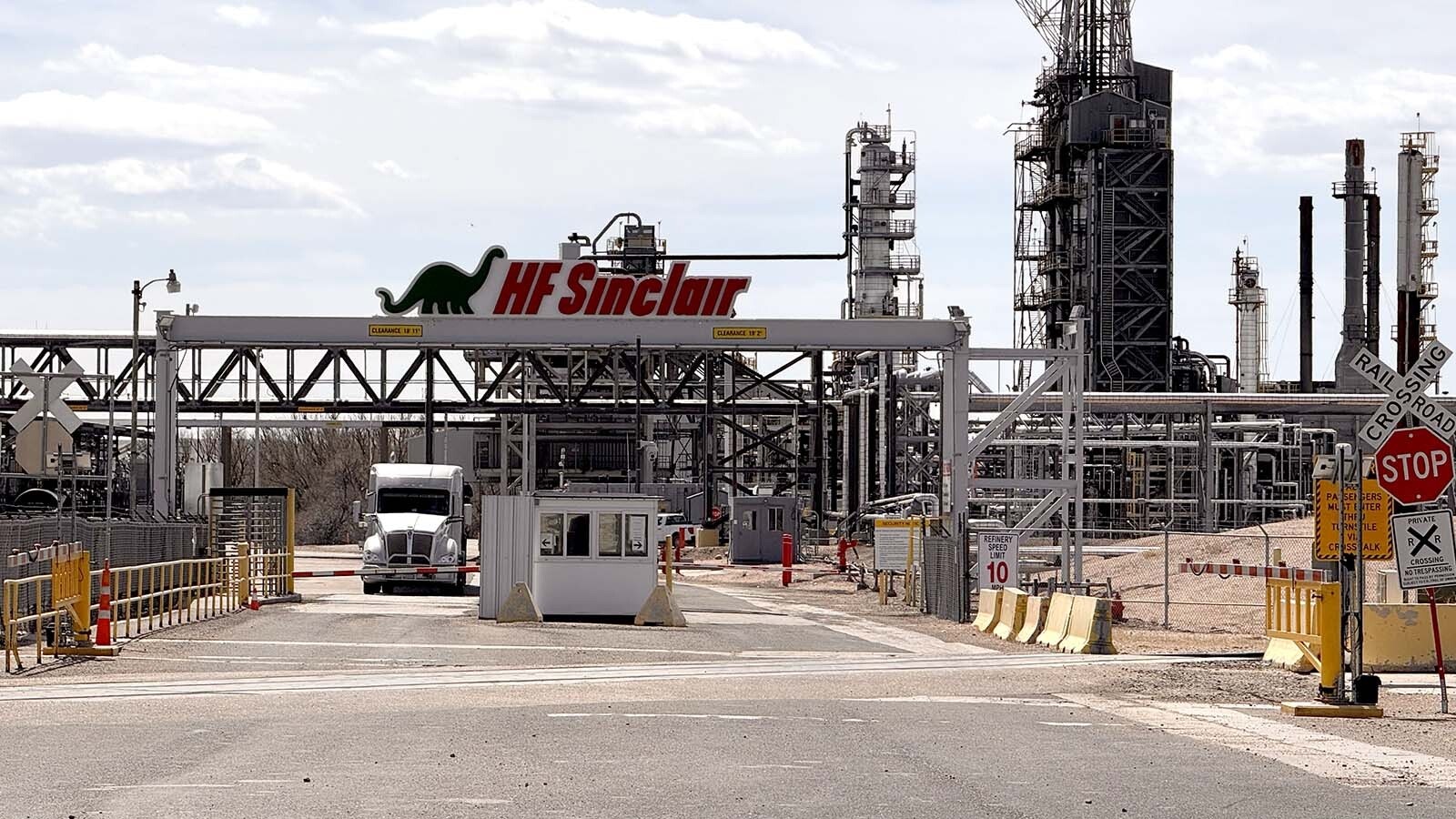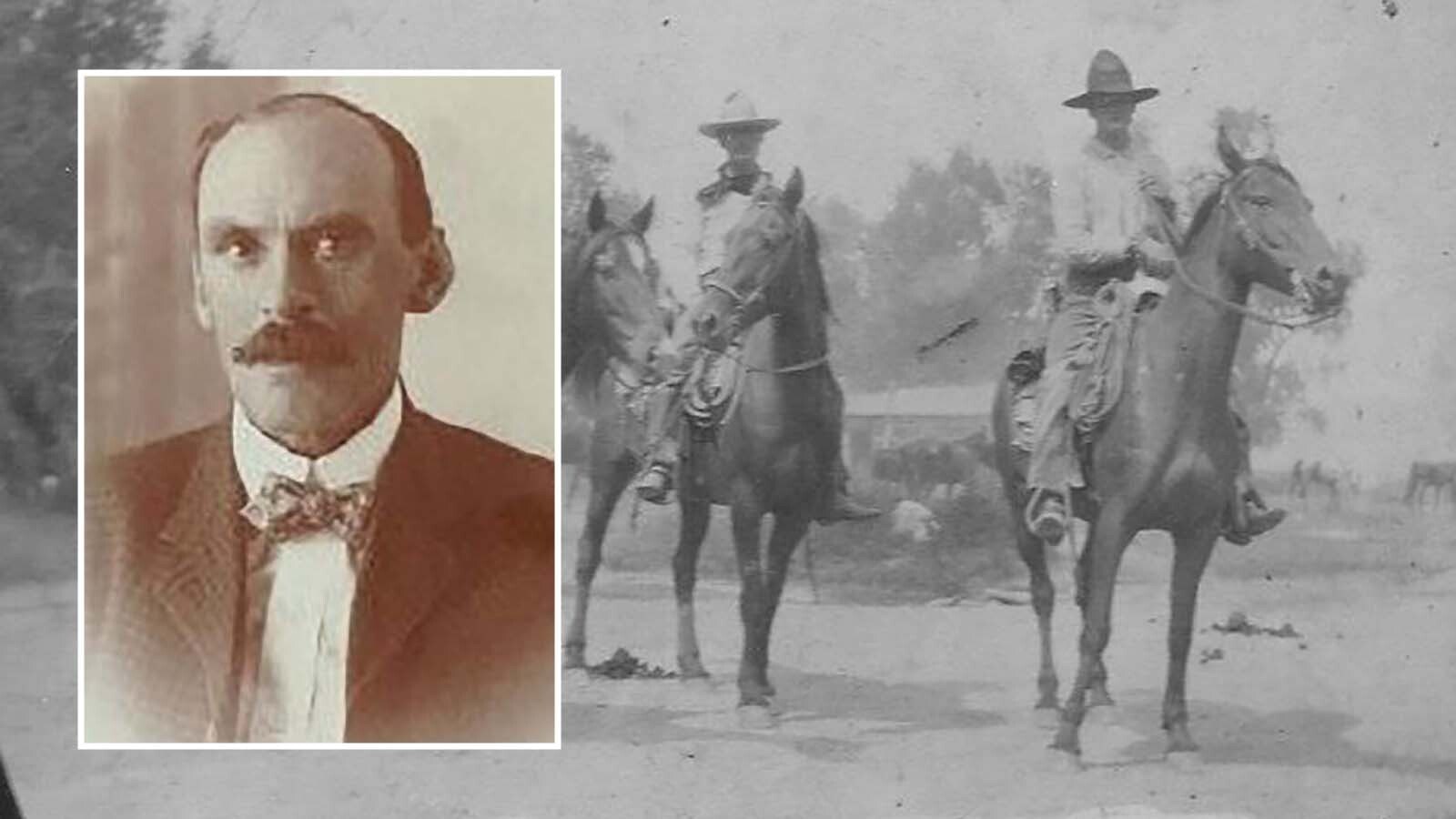Building the transcontinental railroad across the United States was a dangerous task.
The locations were remote, and American Indian attacks were a constant threat. The Union Pacific Railroad crossed the North Platte River in present-day Carbon County, Wyoming, and to protect the builders, Fort Fred Steele was built along the river.
According to the “History of Wyoming, Volume 1” by I.S. Bartlett, the fort was officially established June 30, 1868, as one of three posts built along the line.
The other two outposts were Fort John Buford (later renamed Fort Sanders) near Laramie and Fort D.A. Russell at Cheyenne. This third fort was founded by Col. Richard I. Dodge, who named the new post in honor of Maj. Gen. Frederick Steele.
Steele had served in the Army in the Mexican-American War, Yuma War, and American Civil War. After surviving numerous battles and eluding capture, Steele died in a buggy wreck in California just a few months prior to the building of the fort.
Within 48 hours after the completion of Fort Fred Steele, more than 500 camp followers established the town of Brownsville nearby. Five days later, Bartlett said the population of the town was estimated at 1,500.
The soldiers patrolled the area and were aware of the many dangers threatening the fledgling town and the railroad; however, they could not patrol the danger that was in their midst.
A correspondent of the Cheyenne Weekly Leader was embedded with the troops at Fort Fred Steele and shared the story of a horrific “murder” by talking. His letter was published in the April 4, 1878, newspaper in graphic detail much to the horror, and delight, of its readers.
The Best Talker In Wyoming
It all started simply enough.
Edwin Bennett, a prominent member of the territorial legislature, had said that his friend John Mullison, a prospector and rancher, was “the best single-handed talker in Wyoming.”
Folks in the Wyoming territory tended to agree that Mullison was definitely a "church bell," a term in the 1800s that meant his incessant talking reminded others of the constant clanging of church bells.
However, Mullison’s clanging was about to be bested by Old Jim Gregory.
Gregory was an old cattleman who used to live on the Platte River in Carbon County but had moved on.
He had the reputation of being a talker as well as a man of business, according to the Leader’s reporter. When it was learned that Gregory was coming in on the stagecoach, people looked on at his return with a certain amount of dread.
At eleven that night, the stage arrived, and Gregory was only one of a few that stepped off. He made his way to the only lodging house at Fort Steele with the intent of getting a good night’s sleep.
“A long journey had worn him out, and visions of a good bed and pleasant slumber flitted through his brain,” the reporter said. “But alas for the anticipations of man; how often do they prove abortive!”
The Talking Marathon
Gregory never made it to his bed.
A local resident known only as Perkins was the first man who “tackled” the old cattleman and the two began a conversation that lasted several hours.
Determined not to lose his title as Wyoming’s most talkative man, Mullison joined the chatter and Perkins drifted away.
“Now, as I mentioned before,” the reporter said. “Mullison is no slouch at talking, and from that time on until daylight there was no sleep for anyone within hearing of Gregory and Mullison.”
At dawn, William Brauer, a local rancher supplying hay to the fort, appeared on the scene.
The reporter said that Brauer relieved Mullison and held Gregory level until the breakfast bell rang.
“I noticed Gregory looked pale, and seemed a little wavering, but had hopes,” the reporter said. “Gregory arose from the table with the air of a desperate man, went to his grip-sack, took half an ounce of quinine, washed it down with a little suthin' hot, and turned on his persecutors with the air of a man who intends to win or die.”
By 10 that morning, Brauer could take no more and left.
Gregory now had what the reporter called a clear field. That did not mean he was going to give up. Instead, the old cattleman sat a long while talking to a coal stove, simply from force of habit.
Gregory had begun to lose heart with the one-sided conversation when John Hugas, the local judge and cattleman himself, introduced O.P. Johnson. The reporter said that a smile of exultation lit Gregory’s face.

The Showdown
Gregory measured his man, then settled himself into an easy position and he was ready for business.
“Johnson did most of the talking at first, but Gregory warmed up shortly and began to get his work in,” the reporter said.
The conversation was carefully timed by those present and at the 1 hour and 10-minute mark, Johnson showed signs of fatigue. Thirty minutes later, Johnson’s replies were brief.
Another hour and 45 minutes passed and Johnson’s lips appeared to move, but no sound was heard.
The clanging of the conversation continued for several more hours.
A few hours after Johnson ceased to make coherent sounds, the spectators laid Johnson out on a shutter and sent for the post surgeon.
When the surgeon saw the body, he quickly made his verdict.
“This is some of Gregory’s work,” the surgeon said. “That man ought to be hung; there is no hope, the man is already cold.”
The winner was obvious to those who remained standing.
“Old Jim” Gregory had earned the title of the best talker in Wyoming. A local resident of Brownsville took charge of the body and arranged a funeral for poor Johnson who had just been talked to death.
“Crone took what few articles of value the man had, and we buried him and went our several ways with sad hearts,” the reporter said.
The reporter then warned the readers of the Cheyenne Weekly Leader that Gregory was still at Fort Fred Steele and Brownsville.
“Gregory is roaming about loose, seeking someone who is foolhardy enough to accept his invitation to “set down and chat a while,” the reporter said. “If you have any one in Cheyenne who wants to try his hand on this man, send him over.”
It was never reported if anyone else took up the dare, but the fort itself would soon be abandoned.
The same year of the talking competition, Gen. George Crook, in his annual report, said, “No military necessity now exists for troops at Fort Fred Steele or Fort Sanders… yet they are cheap places for the stationing of troops.”
Being cheap housing wasn’t enough to save the fort. Three years later, in 1881, Fort Fred Steele was closed down and by 1969, was listed on the National Register of Historic Places.
It is now the Fort Fred Steele State Historic Site, once the site of an infamous talking showdown.
Jackie Dorothy can be reached at jackie@cowboystatedaily.com.










